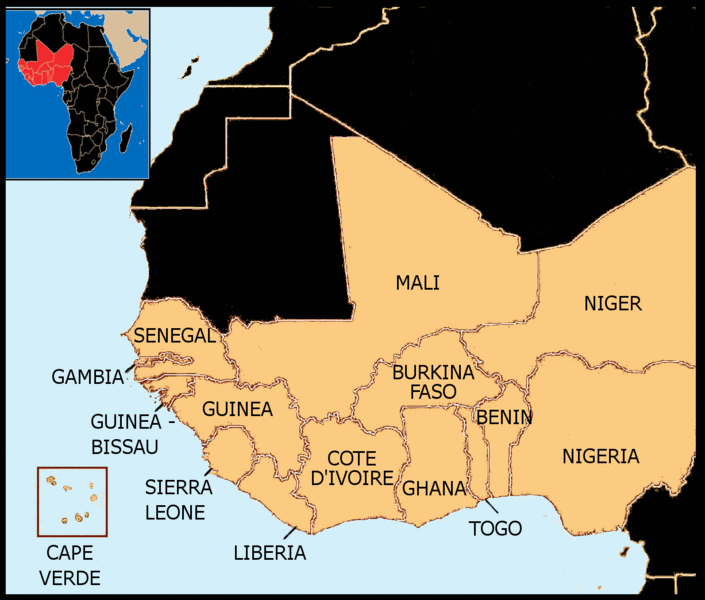Neighboring West Africa countries, Miger and Mali, are experiencing outbreaks of the viral disease, Rift Valley Fever (RVF), where nearly 100 cases and at least 21 deaths have been reported.

The outbreak in Niger has sickened 52 people since August, including 21 fatalities, according to The Alliance for International Medical Action (ALIMA). And the aid agency says that what’s been seen is only the “tip of the iceberg”.
In neighboring Mali, nearly 40 people have been infected and the health ministry, along with Médicins Sans Frontières (MSF) has deployed experts in the region to determine the cause and control the outbreak.
Rift Valley Fever is mosquito-borne virus that is endemic in parts of Africa including South Africa. It primarily infects animals like sheep, cattle and goats and it can have an economic impact on a community due to the loss of livestock.
Humans get infected through contact with infected animal blood or organs. Butchering and slaughtering of animals is a primary cause of transmission to humans. Certain occupations are at a higher risk of getting Rift Valley Fever like farmers, herders and veterinarians.
It can also be transmitted to humans through mosquito bites and the bites of blood-sucking flies.
Most cases of Rift Valley Fever are mild and symptoms include fever, headaches and muscle pain. However, a small percentage of people can get serious disease which includes retinitis, encephalitis and a hemorrhagic fever. Fatalities happen in less than 1 percent of those infected.
Related:
- CDC: ‘Our last line of defense against gonorrhea is weakening’
- Zika testing: Quest Diagnostics to offer MAC-ELISA and molecular assays
- Taiwan: Salmonella outbreak, dengue fever and the 1st enterovirus death
- Hong Kong confirmed measles-free


2 thoughts on “Outbreak: Rift Valley Fever reported in Niger, Mali”